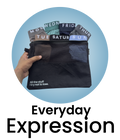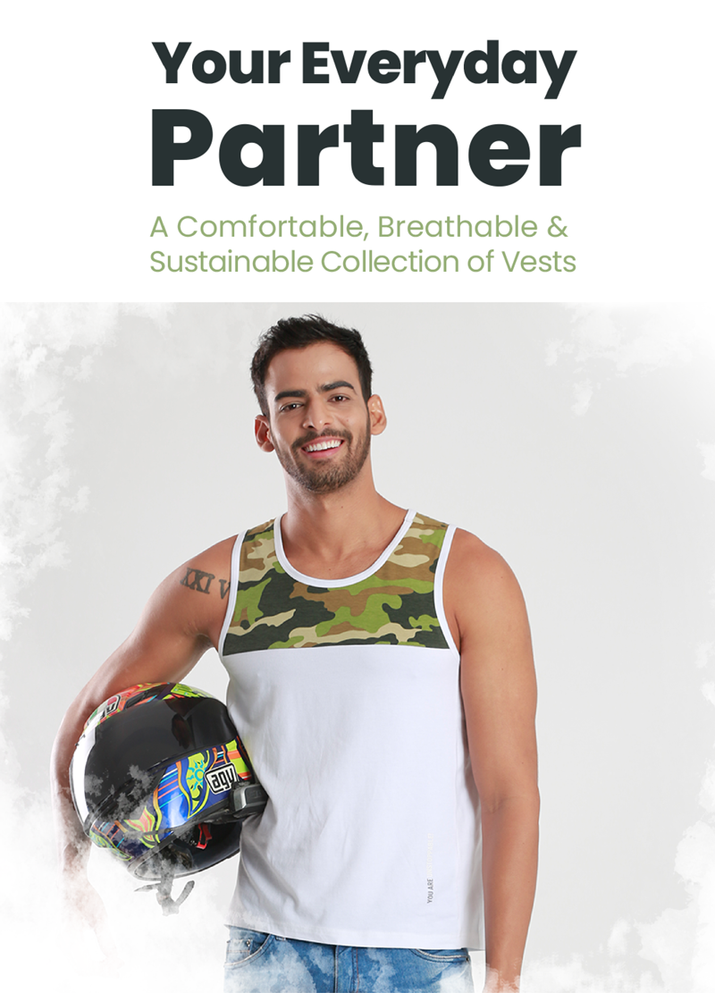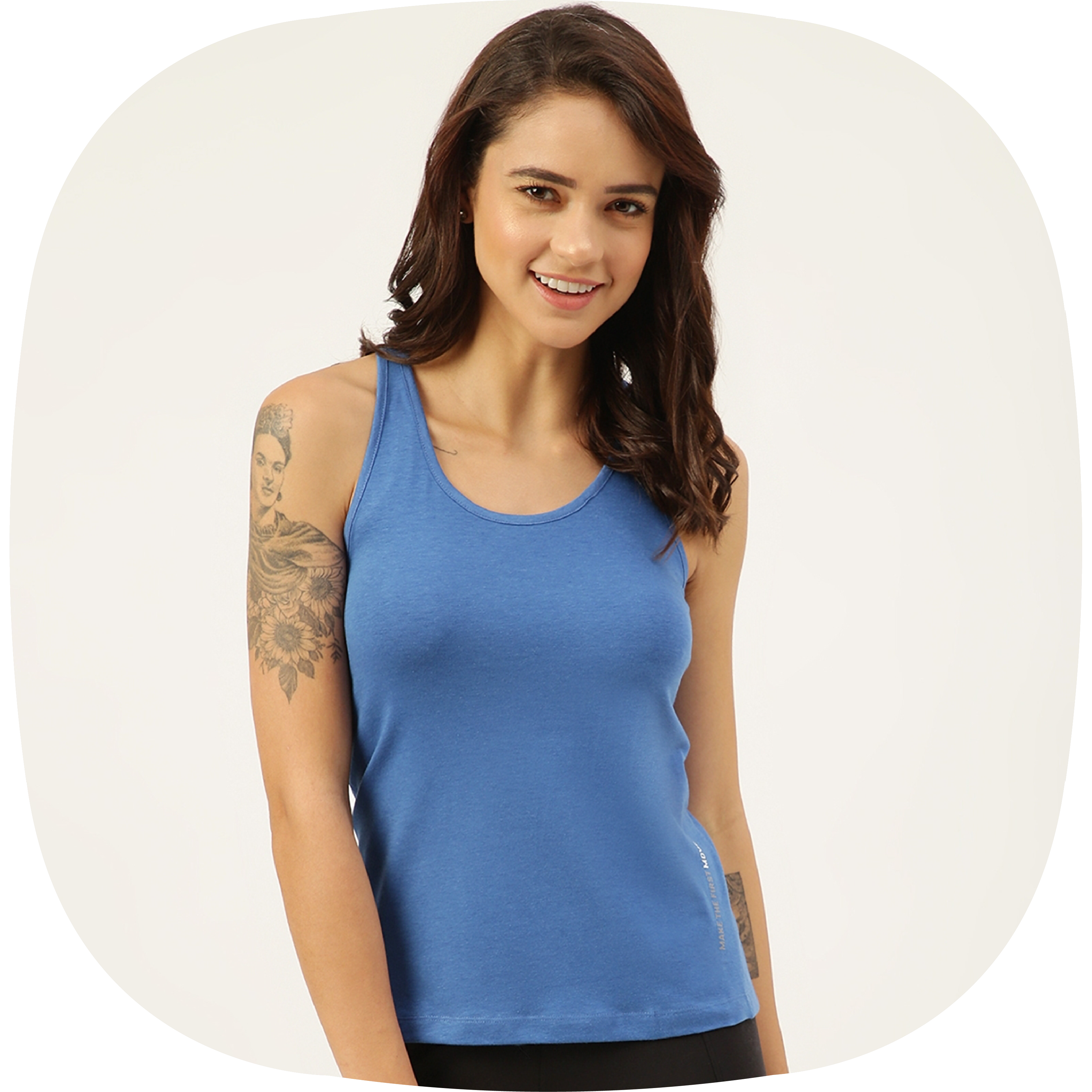The age-old layering dilemma: maximizing warmth and minimizing bulk. We dive straight into the heart of the matter – comfort vests versus skins. Beyond simple preference, understanding their interplay with moisture management and thermal regulation is key, especially considering the boom in high-performance fabrics designed for specific activities, from alpine skiing to trail running. We will dissect these layering options, zeroing in on factors like insulation value, breathability. Freedom of movement. Our analysis will weigh the pros and cons of each, helping you make informed decisions for optimal comfort and performance across diverse conditions. Let’s explore how to leverage these options effectively.

Understanding Layering and its Importance
Layering is a clothing strategy involving wearing multiple layers of garments to regulate body temperature effectively. It’s crucial for adapting to changing weather conditions and activity levels, especially in outdoor pursuits or during transitional seasons. The goal is to stay comfortable by adding or removing layers as needed, preventing overheating or chilling.
The basic layering system consists of three key layers:
- Base Layer: This layer sits closest to your skin and is designed to manage moisture. It wicks sweat away from the body, keeping you dry and comfortable.
- Mid Layer: The mid-layer provides insulation, trapping warm air to keep you warm. This layer is often made of fleece, down, or synthetic materials.
- Outer Layer: This layer protects you from the elements – wind, rain. Snow. It should be waterproof or water-resistant and breathable to allow moisture to escape.
Proper layering ensures you remain comfortable across a wide range of activities and weather conditions. Without it, you risk overheating, getting cold, or becoming uncomfortably damp.
Defining Comfort Vests and Skins
Before diving into a comparison, let's clearly define what we mean by "comfort vests" and "skins" in the context of layering.
Comfort Vests
Comfort vests, in this context, refer to lightweight, often sleeveless garments designed to provide a core layer of warmth without restricting movement. They typically feature insulation in the front and back panels, leaving the arms free. Materials used can range from down and synthetic fills to fleece or even wool. The primary purpose of a comfort vest is to add insulation to the torso, protecting vital organs and maintaining a comfortable body temperature.
Key characteristics of comfort vests:
- Core Insulation: Focuses on keeping the torso warm.
- Sleeveless Design: Allows for a greater range of motion in the arms.
- Variety of Materials: Available in down, synthetic, fleece. Wool options.
- Versatility: Can be worn as a mid-layer or outer layer in mild conditions.
Skins (Base Layers)
Skins, also known as base layers or underskins, are tight-fitting garments worn closest to the skin. Their primary function is moisture management, wicking sweat away from the body to keep you dry and comfortable. They are typically made from synthetic materials like polyester or nylon, or natural fibers like merino wool. Some skins also offer compression benefits, supporting muscles and improving circulation.
Key characteristics of skins:
- Moisture Management: Wicks sweat away from the body.
- Close Fit: Ensures maximum contact with the skin for efficient moisture transfer.
- Material Variety: Made from synthetic or natural fibers.
- Compression (Optional): Some skins offer compression benefits.
- Odor Resistance: Many modern skins feature antimicrobial treatments to minimize odor.
Comfort Vests vs. Skins: A Detailed Comparison
Now, let's directly compare comfort vests and skins across key factors relevant to layering.
| Feature | Comfort Vests | Skins (Base Layers) |
|---|---|---|
| Primary Function | Insulation of the core | Moisture management |
| Fit | Looser fit, allowing for layering underneath | Tight, close-to-skin fit |
| Material | Down, synthetic fills, fleece, wool | Polyester, nylon, merino wool |
| Breathability | Varies depending on material; some vests can trap moisture | Generally highly breathable, especially merino wool and performance synthetics |
| Warmth | Provides significant warmth to the core | Provides minimal warmth; primarily focused on dryness |
| Mobility | Good arm mobility due to sleeveless design | Excellent overall mobility due to close fit and flexible materials |
| Bulk | Can be bulky, depending on insulation type | Minimal bulk; ideal for layering without restriction |
| Odor Control | Varies depending on material; wool offers natural odor resistance | Often treated with antimicrobial agents; merino wool offers natural odor resistance |
| Best Use Cases | Hiking, camping, skiing, outdoor activities in cool to cold weather | High-intensity activities, sports, running, hiking, skiing |
When to Choose a Comfort Vest
A comfort vest is an excellent choice when you need focused core warmth without sacrificing arm mobility. Consider a comfort vest in the following situations:
- Hiking or Camping: Adds an extra layer of warmth during cool evenings or early mornings.
- Skiing or Snowboarding: Provides insulation under a jacket without restricting movement.
- Transitional Seasons: Ideal for mild weather when a full jacket is too warm.
- Layering Flexibility: Allows you to adjust your warmth level by adding or removing the vest.
- Everyday Wear: Can be worn as an outer layer for casual activities.
Example: Imagine you're going on a hike in the fall. The temperature is cool. You know you'll warm up as you hike. A comfort vest allows you to add warmth without overheating. You can easily remove it if you get too warm.
When to Choose Skins (Base Layers)
Skins are the go-to choice when moisture management and a close-to-body fit are paramount. Opt for skins in the following scenarios:
- High-Intensity Activities: Wicks sweat away from the body to keep you dry during running, cycling, or gym workouts.
- Cold Weather Activities: Provides a dry base layer under insulating layers for skiing, snowboarding, or winter hiking.
- Temperature Regulation: Helps regulate body temperature in varying conditions.
- Odor Control: Merino wool skins are excellent for multi-day trips where washing is not possible.
- Compression Benefits: Compression skins can aid muscle recovery and reduce fatigue.
Example: Consider a marathon runner. They need a base layer that will wick away sweat and prevent chafing. A skin provides a close fit and excellent moisture management, keeping the runner comfortable throughout the race.
Layering Strategies: Combining Comfort Vests and Skins
The most effective layering strategies often involve combining both comfort vests and skins. Here's how you can integrate them into your layering system:
- Cold Weather Activities: Start with a skin (base layer) for moisture management, add a comfort vest for core insulation. Finish with an outer shell for weather protection.
- Variable Conditions: Use a skin as a base layer, a comfort vest as a mid-layer. Pack a lightweight shell in case of rain or wind.
- Customized Warmth: Adjust the thickness of the skin and the insulation of the vest to fine-tune your comfort level.
Example: For a day of backcountry skiing, you might wear a merino wool skin, a lightweight down vest. A waterproof shell. This combination provides warmth, moisture management. Protection from the elements, while allowing you to adjust your layers as needed.
Materials Matter: Choosing the Right Fabrics
The effectiveness of both comfort vests and skins depends heavily on the materials used. Here's a breakdown of popular materials and their properties:
Comfort Vest Materials
- Down: Excellent warmth-to-weight ratio, highly compressible. Loses insulation when wet.
- Synthetic Insulation (e. G. , PrimaLoft, Thinsulate): Good warmth even when wet, more affordable than down. Heavier and less compressible.
- Fleece: Soft, warm. Breathable. Bulky and less wind-resistant.
- Wool: Naturally odor-resistant and warm. Can be itchy and slow to dry.
Skin Materials
- Polyester: Affordable, durable. Quick-drying. Can retain odors.
- Nylon: Strong, abrasion-resistant. Dries quickly. Less breathable than polyester.
- Merino Wool: Naturally odor-resistant, breathable. Warm even when wet. More expensive and requires careful washing.
- Polypropylene: Excellent moisture-wicking properties, lightweight. Can retain odors and is less durable than polyester or nylon.
When choosing materials, consider the activity, weather conditions. Your personal preferences. For example, if you're prone to sweating, merino wool or a performance synthetic skin would be a good choice. If you need maximum warmth in a dry climate, a down-filled vest would be ideal.
Making the Right Choice for Your Needs
Ultimately, the best choice between comfort vests and skins depends on your specific needs and the conditions you'll be facing. Both garments play distinct roles in a layering system. Often, the most effective approach is to combine them. Consider the following questions to guide your decision:
- What is the primary activity you'll be doing?
- What are the expected weather conditions?
- How crucial is moisture management?
- How vital is warmth?
- What is your budget?
- What is your personal preference for materials and fit?
By carefully considering these factors, you can choose the right combination of comfort vests and skins to create a layering system that keeps you comfortable and protected in any situation.
Conclusion
Ultimately, the "better" choice between comfort vests and skins for layering hinges on understanding your specific needs and environment. Consider the intensity of your activity; for high-output endeavors, a moisture-wicking skin might be ideal, drawing sweat away to keep you dry and comfortable. For less strenuous activities or colder conditions, a comfort vest provides an added layer of insulation without feeling restrictive. Personally, I've found a lightweight skin invaluable during summer hikes, preventing chafing and regulating body temperature. But, during winter runs, a comfort vest offers the perfect balance of warmth and breathability. Think of your layering system as a toolbox. Both vests and skins are valuable tools; choosing the right one depends on the task at hand. Embrace experimentation, finding the combination that optimizes your comfort and performance. With the right approach, you'll be prepared for any weather.
FAQs
So, comfort vests and skins – what's the main difference when we're talking layering?
Think of it this way: comfort vests are all about adding insulation specifically to your core, which is where you lose heat fastest. Skins, on the other hand, provide a consistent, snug layer all over your upper body. One focuses on targeted warmth, the other on overall temperature regulation and moisture wicking.
Okay. Which one should I choose for, say, a chilly hike?
It depends! If you tend to get cold easily, a comfort vest under a jacket is a great choice. If your main concern is preventing overheating and staying dry as you sweat, a skin might be better. Consider the intensity of your activity and how much you personally sweat. Also, how cold is it REALLY? If it's brutally cold, both can work well together!
What kind of weather is each layering piece best suited for?
Comfort vests shine in cool to cold conditions where you need extra warmth without bulk in your arms. Skins are awesome in mild to moderately cold weather, especially for activities where you're working up a sweat. They excel at moisture management.
Can I wear a comfort vest over a skin? Or is that a layering faux pas?
Totally wearable! Skin first, then vest. The skin wicks away moisture. The vest traps heat. It's a solid combo for really cold weather, especially if you add another layer on top.
What are the advantages of each? Give me the quick rundown.
Alright, here's the quick version: Comfort vests = targeted warmth, less bulk in the arms, great for layering under jackets. Skins = full coverage, moisture wicking, good for temperature regulation, can act as a base layer for almost anything.
Are there different types of comfort vests and skins? Does that impact layering?
Yep! Comfort vests come in different materials (down, synthetic) and thicknesses, affecting warmth. Skins vary in fabric weight and breathability. Thicker skins will be warmer but may not wick moisture as effectively. Choose based on your needs. A thinner merino wool skin is very different than a thick synthetic one.
Is one better for activities that involve a lot of arm movement?
Probably the skin. Because the vest is core-focused, it won't restrict your arms. A skin offers better freedom of movement and avoids any potential bunching around the armpits which you might encounter with a vest, depending on its cut and your jacket.






